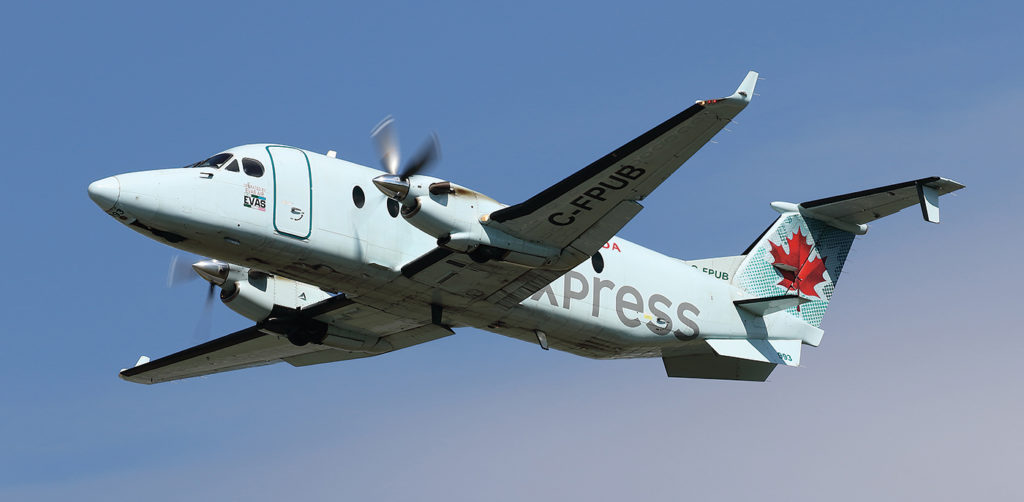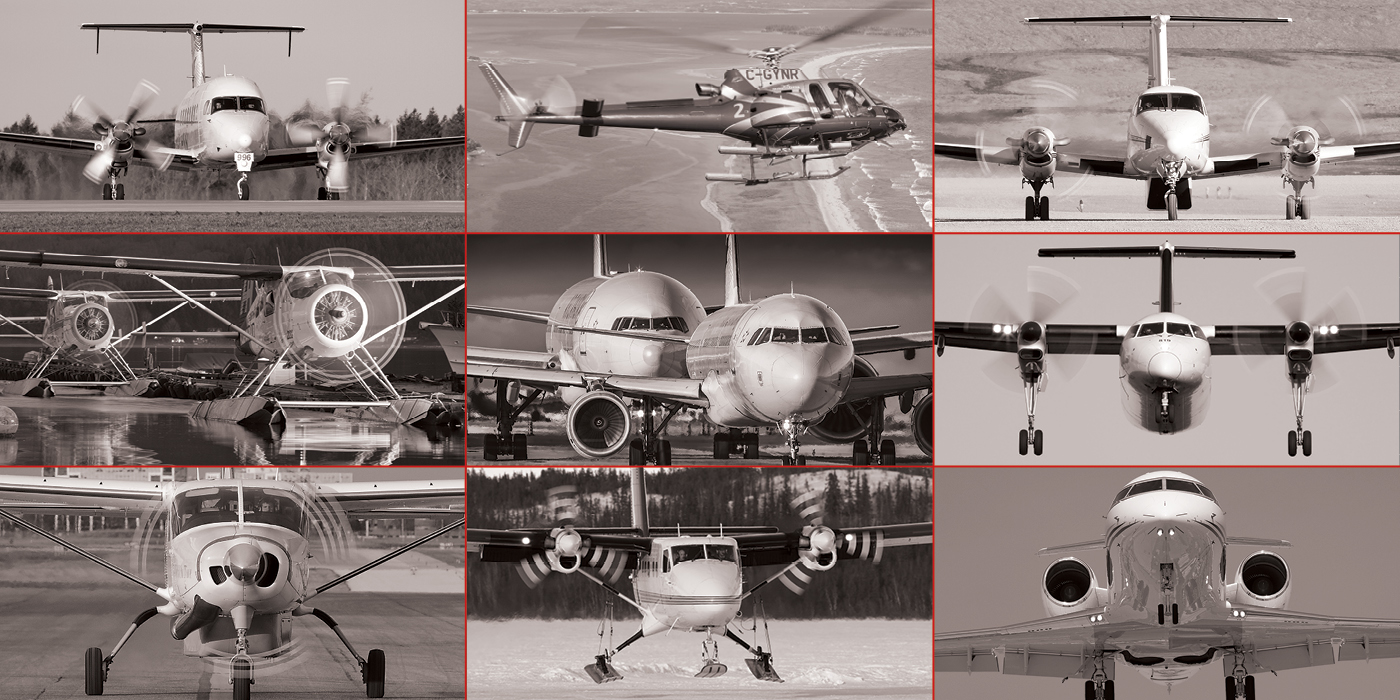Estimated reading time 6 minutes, 1 seconds.
The Air Transport Association of Canada (ATAC) is chipping in $50,000 towards addressing the aviation and aerospace labour shortage, and it is calling on industry donors to match that amount.

The money will be used by ATAC’s Aviation Professionals Recruitment Working Group to fund a plan designed to entice more young people to join the industry.
The need is dire: A March 2018 labour market study performed by the Canadian Council for Aviation & Aerospace (CCAA) found that industry will need a whopping 55,000 new workers by the year 2025. The shortfall is being driven by industry growth and workforce demographics, with many employees scheduled to retire in the coming years.
Canada’s existing educational network is expected to produce just one quarter of the needed employees.
That means aviation and aerospace will need to find 41,000 workers from other industries and outside of Canada, said the CCAA report. It’s a formidable challenge, especially when many other industries are competing for the same highly skilled workers.
Formed in May 2017, the ATAC working group includes the association’s flight training directors as well as operators such as WestJet, Porter Airlines, Air Georgian and Jazz. ATAC represents about 45 flying schools who conduct 85 per cent of all flight training done in Canada.
“This is an industry initiative being led by ATAC, but you don’t have to be an ATAC member to be involved,” said association president John McKenna. “People are getting involved. There is a realization this is their livelihood, too.”
The group has launched a plan to help educate young people, parents and school guidance counsellors about potential aviation-related careers.
The website flycanada.org is the linchpin of this initiative, envisioned as a hub that will route people to reliable information about a variety of industry jobs.
While the site will initially focus on pilot careers, its scope will eventually broaden to include information about employment opportunities in aircraft maintenance, avionics, air traffic control, dispatching, and other related careers.

“There are two primary target audiences,” explained Bob Connors, general manager of Waterloo-Wellington Flight Centre (WWFC) and an ATAC board member and working group leader. “They are youth and career-seekers, and secondly, educators and advisors, including parents.”
He said the site will feature resources, links, FAQs, and a news section. It will be marketed through social and traditional media platforms to build traffic.
So far, ATAC has spent about $12,000 designing the new flycanada.org, which is expected to be live and online this September. As of early July, ATAC had received an additional $22,000 in response to its call for funds to match the original donation of $50,000.
Connors said he hopes to link the site to the Ontario School Counsellors’ Association and other similar groups across the country.
“In conjunction, we want to launch a series of career success stories on the site that will be marketed through social and traditional media platforms. Ultimately, we’d like to get radio time and articles in major newspapers.”
He said that collateral material–including brochures and signage–was finalized in May and will now be distributed to the aviation community.
Industry synergy
While all kinds of operators are welcome to participate in the Aviation Professionals Recruitment Working Group, ATAC is developing alliances with other industry groups, too.
For instance, the CCAA is working on a complementary project that involves studying why girls don’t choose aviation careers. Connors said the results of that study will help inform the content for flycanada.org.
As well, the Canadian Owners and Pilots Association (COPA) worked with the Air Canada Pilots Association (ACPA) to develop the 2018 Aviation Career and Scholarship Guide, a list of scholarships currently available for flight training. Connors said the site flycanada.org will include this information as well, since financial hurdles continue to be a major roadblock for aspiring students.
The Canadian Business Aviation Association and Nav Canada are also represented at working group meetings.

“We’re talking about various initiatives that are trying to bring attention and movement to this issue,” added ATAC’s McKenna, who said the labour shortage is a long-term problem that will take at least a decade to resolve.
“We have a severe labour shortage; our industry is growing by three to five per cent annually. We just don’t have the pilots [to accommodate that growth] and it takes a long time to train pilots. So, it’s a double whammy.”
Along with increasing public awareness of aviation careers, ATAC is also tackling the labour shortage through a government relations campaign in Ottawa.
McKenna said perhaps the biggest deterrent to students is the cost of training.
“We are approaching financial institutions and we are approaching the government. We need to get aviation included in existing programs such as student loans, apprenticeship grants, etc.”
ATAC’s goal is to educate government about the labour shortage so it can help create the solution. At the association’s spring symposium in May, 35 members of Parliament attended an Ottawa reception where the pilot shortage and the pending flight and duty time regulations were the only two agenda items.
“We need to get everyone working together on this; we’ve identified areas where we need to apply solutions,” said McKenna.
Next steps
He said the ATAC working group may soon be sub-divided, with smaller groups tackling targeted issues to achieve greater progress.
Meanwhile, the association has developed the flycanada.org platform, and is currently in the process of determining how to populate the site with relevant content.
“We need to put information in, testimonials, and we also need to start educating the educators,” said McKenna. “The guidance counsellors in schools don’t know anything about our sector. Education is a provincial jurisdiction, and they’ve never known much about it.”
Other industries may use different recruitment methods, and he said those may offer a clue to addressing the pilot shortage.
“We will start by spreading the word through the social network. We are trying to identify the best way to reach our markets.”
Connors agreed, adding that ATAC will work with anyone who can help carry its message to the appropriate audience.
That inclusive approach is validated by the CCAA labour market study, which calls for a “multi-faceted national strategy” to counter one of the biggest challenges to face Canadian aviation and aerospace in decades.

